.png)
.png)
The concept, once limited to science fiction, is now driving innovation across cloud computing, enterprise software, automotive, and even healthcare. As companies scale operations and become increasingly dependent on digital infrastructure, the demand for resilient, fault-tolerant systems is exploding. In this post, we’ll explore what self-healing AI is, how it works, where it's making the biggest impact, and why now is the right time for tech leaders to start paying serious attention.
.png)




At its core, a self-healing AI system is a technology framework that can autonomously detect, diagnose, and resolve anomalies. It combines monitoring tools, machine learning algorithms, and decision-making engines to reduce system downtime, enhance security, and adapt in real time.
Much like the human immune system, self-healing AI learns from each event, making the system smarter and more resilient over time.
In complex systems, these steps occur simultaneously across multiple layers (hardware, software, network), forming a real-time self-repair ecosystem.
According to a 2024 Gartner report, IT downtime costs companies an average of $5,600 per minute. Self-healing AI can cut this dramatically.
Self-repairing systems reduce dependency on 24/7 IT teams. This translates to a 30-50% reduction in maintenance costs over time.
These systems can detect and patch vulnerabilities before exploitation. They also learn from attempted intrusions to build stronger defenses.
As systems grow, AI handles scaling, configuration tuning, and load balancing—without rewriting massive infrastructure.
Free from firefighting, IT teams can focus on product improvements, experimentation, and delivering user value.
"The best doctor in the world is the human body; it knows how to heal itself. Technology should follow the same path."
Despite its promise, self-healing AI has a few obstacles:
If you're looking to build or scale self-healing systems, WorkWall connects you with vetted developers, MLOps experts, and automation engineers.
Just post your tech challenge—be it anomaly detection, auto-remediation scripts, or container orchestration—and receive proposals from qualified specialists within days.
Example: A retail tech startup posted a request to build a self-healing checkout system. Within 48 hours, they were collaborating with a WorkWall-vetted team that deployed a scalable solution using AWS Lambda, CloudWatch, and custom alerting within two weeks.
Self-healing AI isn’t just a technical milestone—it’s a mindset shift. It enables IT ecosystems to become more adaptive, resilient, and human-centric.
In a world where system outages can bring operations to a halt, the ability to recover autonomously is not a luxury—it’s a necessity.
The good news? The tools, frameworks, and talent are already here. Whether you’re modernizing legacy systems or building next-gen platforms, now is the time to explore how self-healing AI can become your organization’s digital immune system.
Join the movement. Start small. Scale smart. Let your machines do the fixing.
Explore WorkWall for AI Teams to connect with AI developers who build systems that heal themselves.
.png)





Understand the compliance and legal challenges firms face in global marketplaces, and how to navigate these complexities effectively.
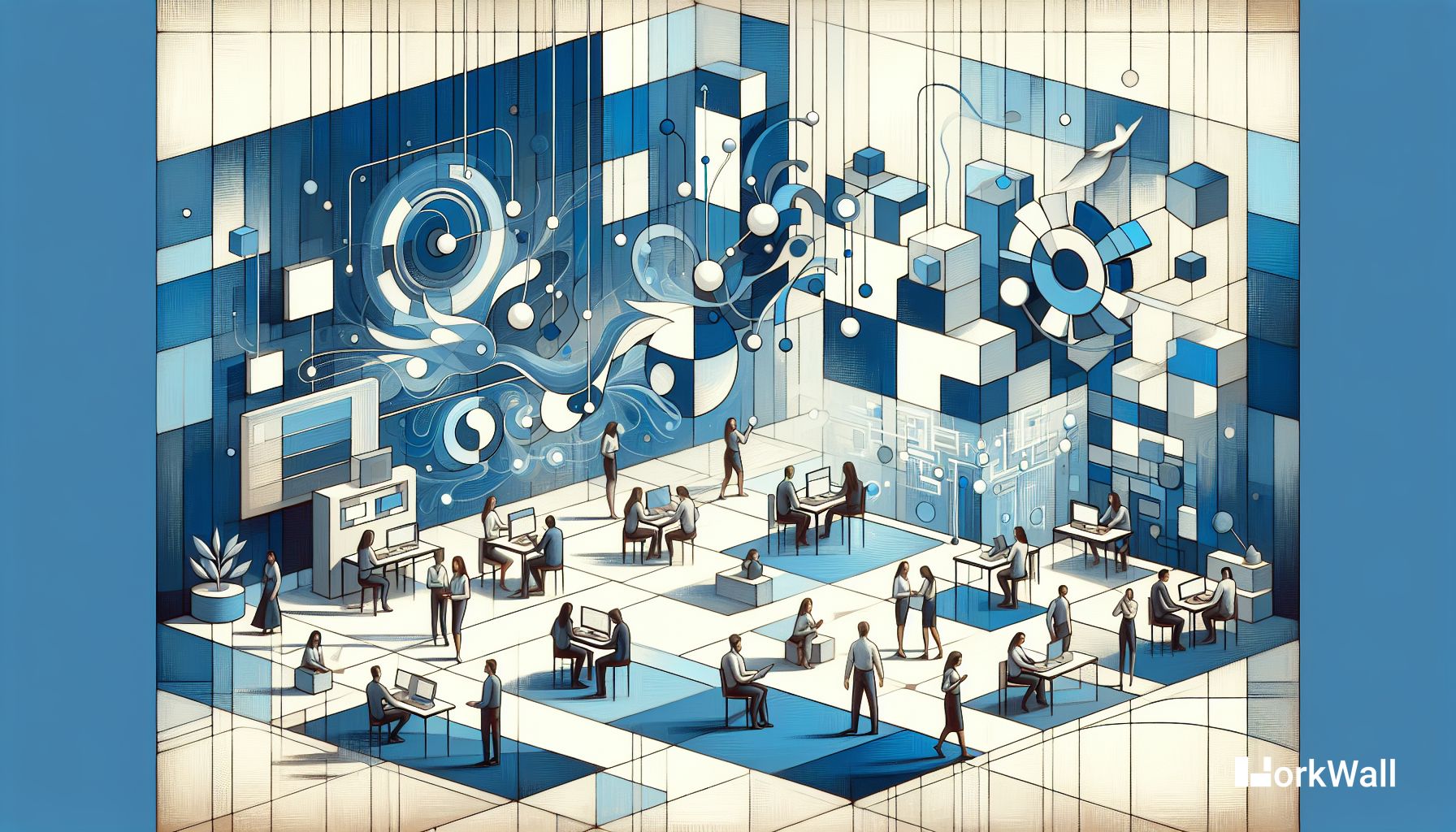
Explore how global marketplaces are revolutionizing e-commerce by facilitating international trade and creating seamless customer experiences.
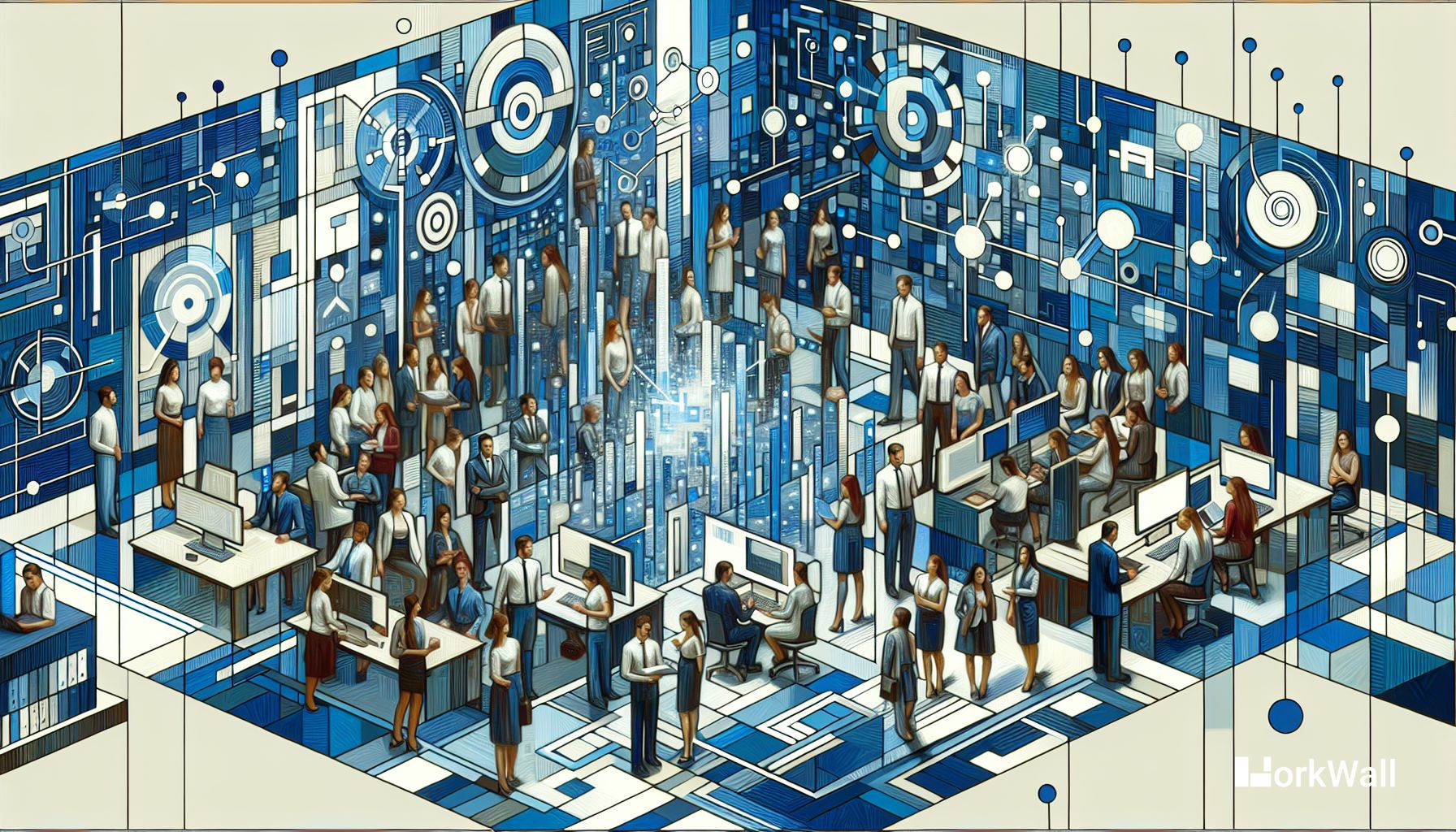
Explore how emerging tech startups utilize global marketplaces to boost growth, secure funding, and tap into a worldwide customer base.
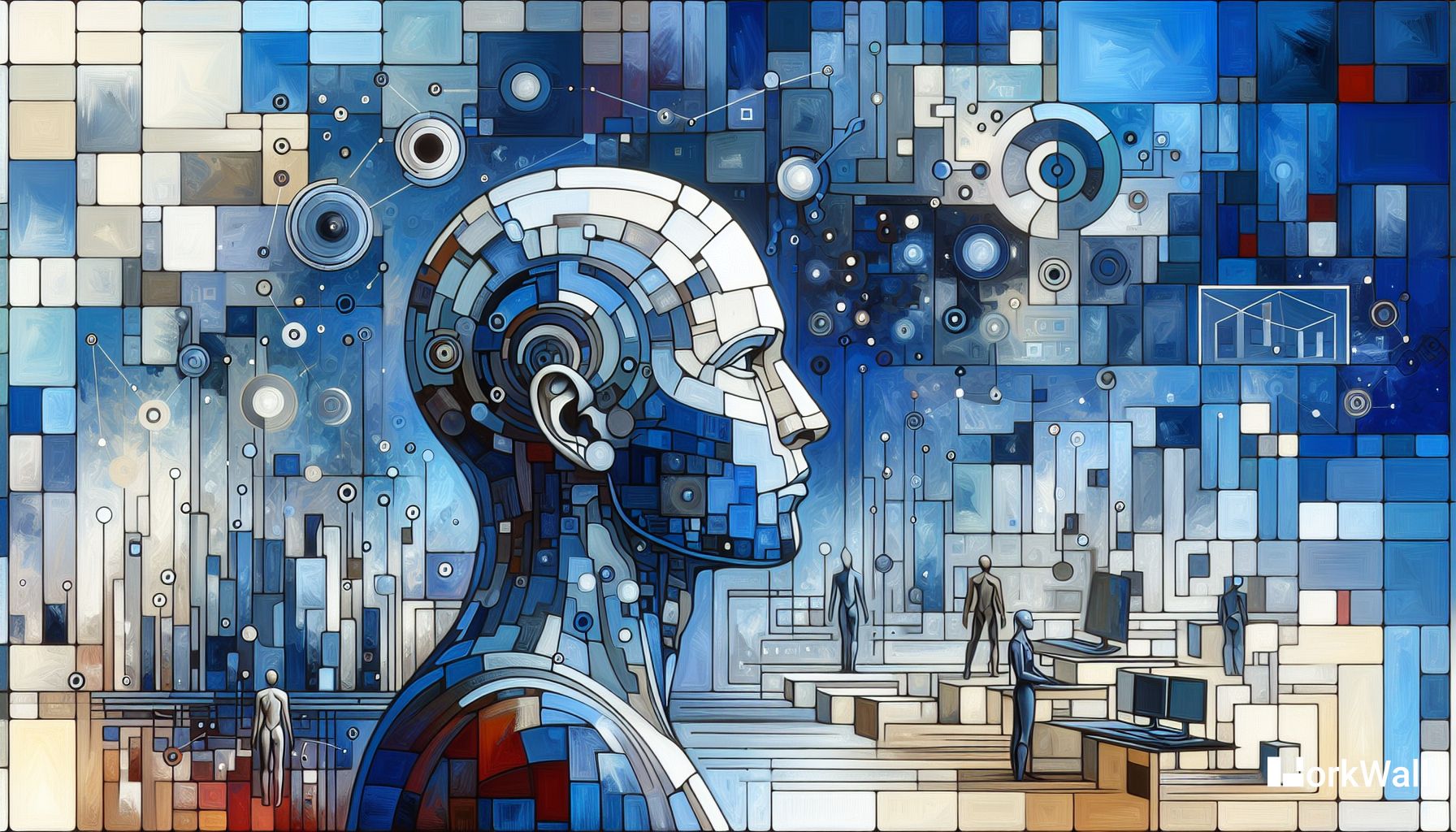
Explore the transformation of SaaS in global marketplaces, uncovering how businesses can innovate and meet the needs of a diverse clientele.
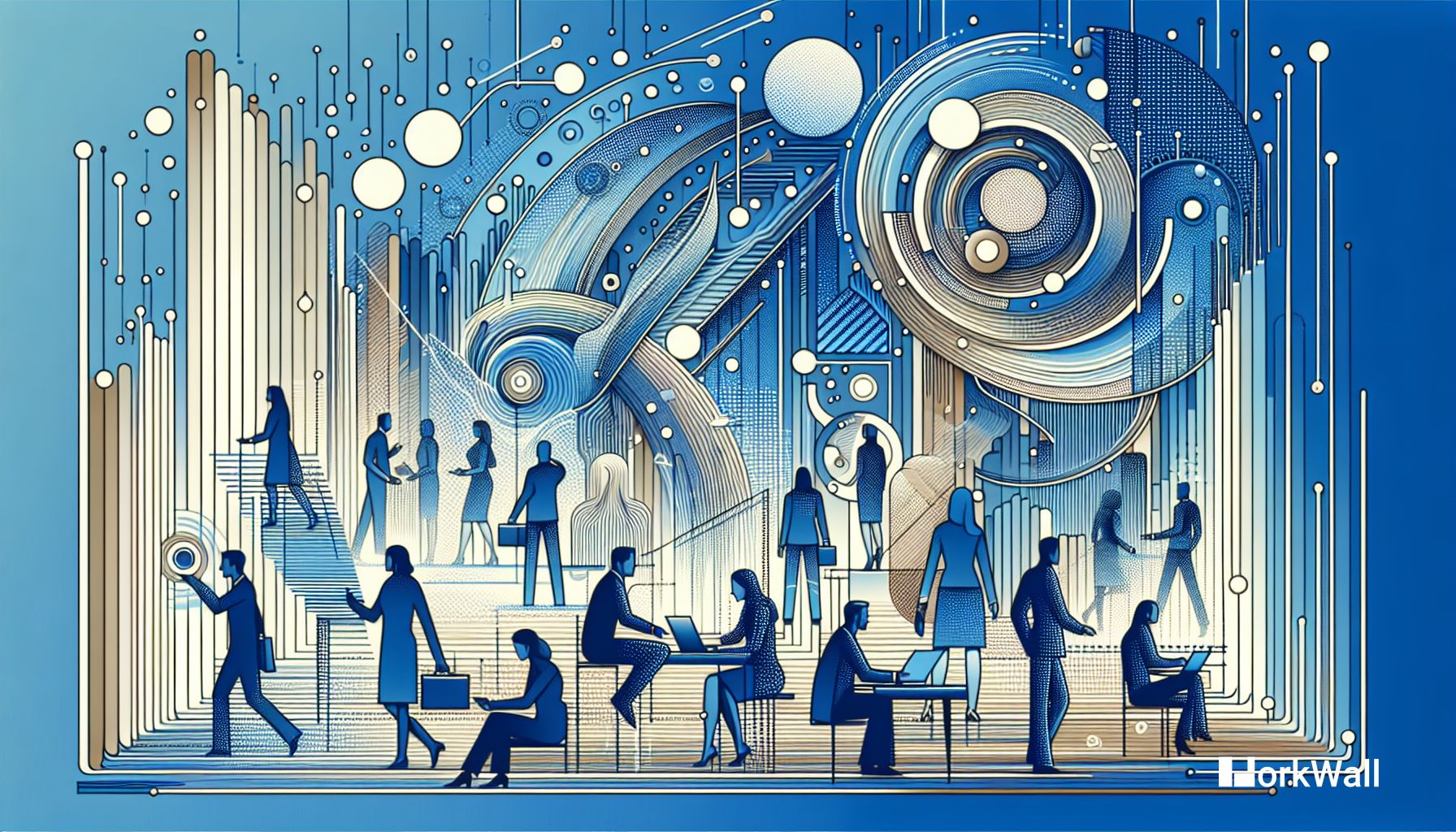
Discover how global marketplaces empower small businesses by providing access to international markets, leveling the playing field and fostering growth.

Discover how AI is revolutionizing global marketplaces by improving customer interactions and streamlining business processes.
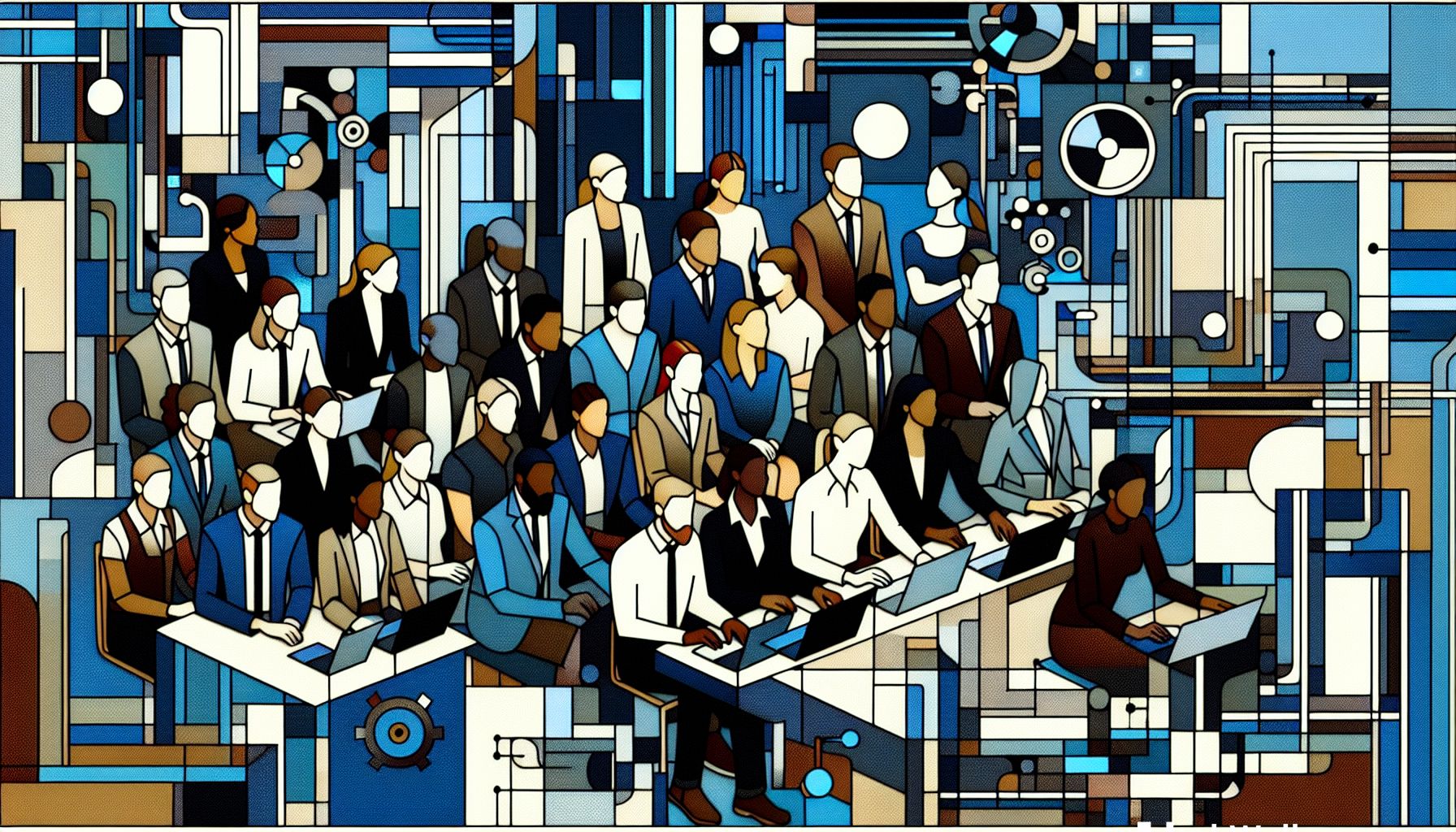
Understand how global marketplaces help software companies implement versatile and scalable subscription models to broaden their user base and enhance profitability.

Examine how leveraging global marketplaces can enhance supply chain efficiency by providing access to a diverse range of suppliers and reducing procurement costs.
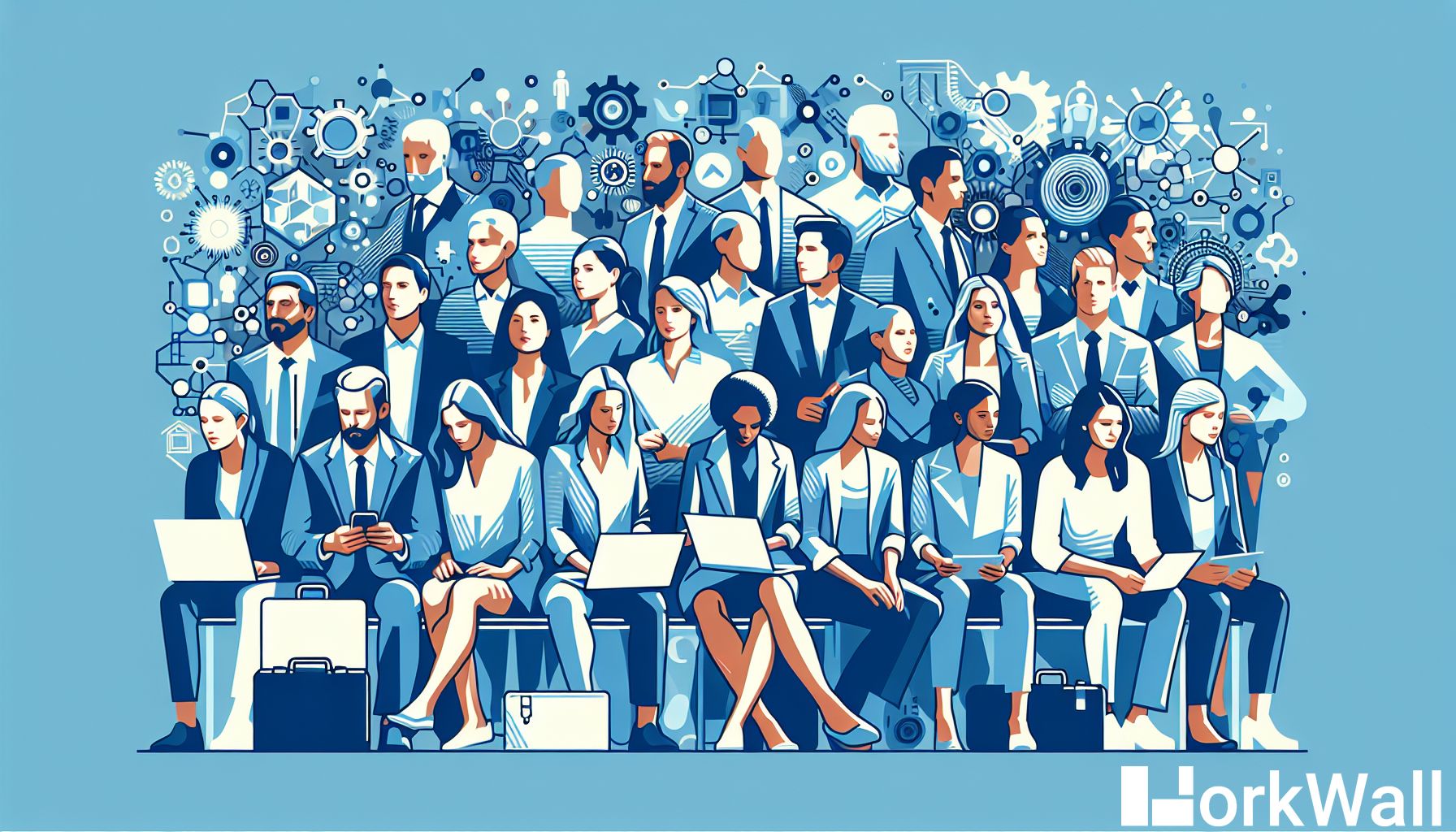
Discover how global marketplaces enhance software development efficiency through access to diverse resources and international collaboration.
Stay ahead of the tech curve! Subscribe to our weekly newsletter for a curated dose of the latest industry insights, project highlights, and exclusive updates.